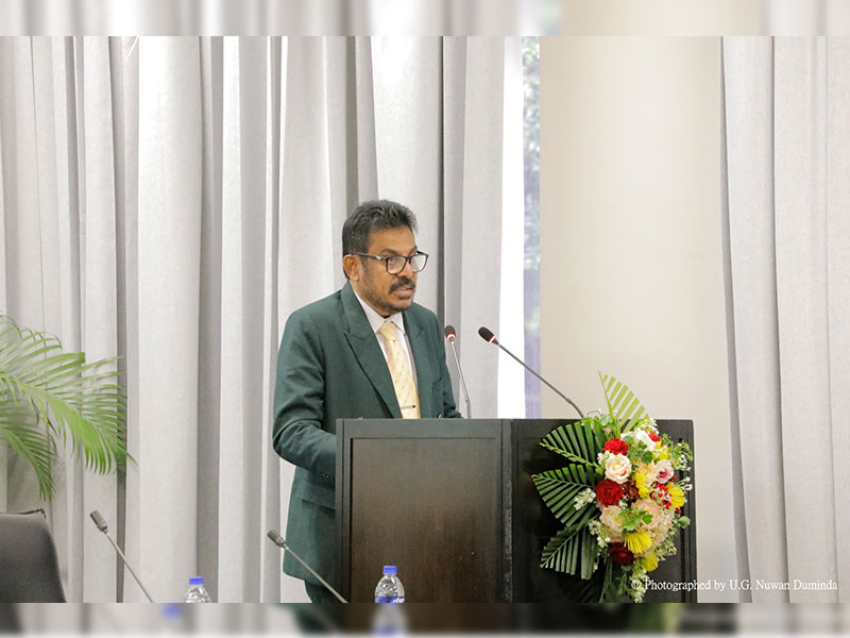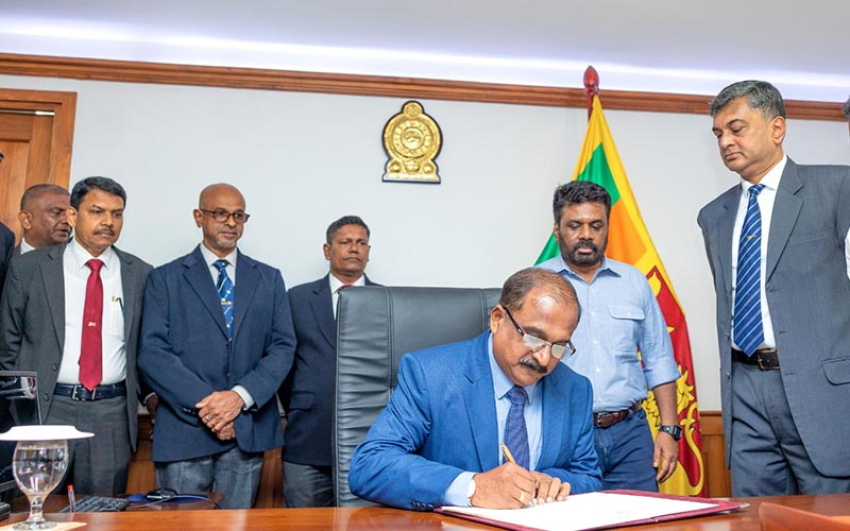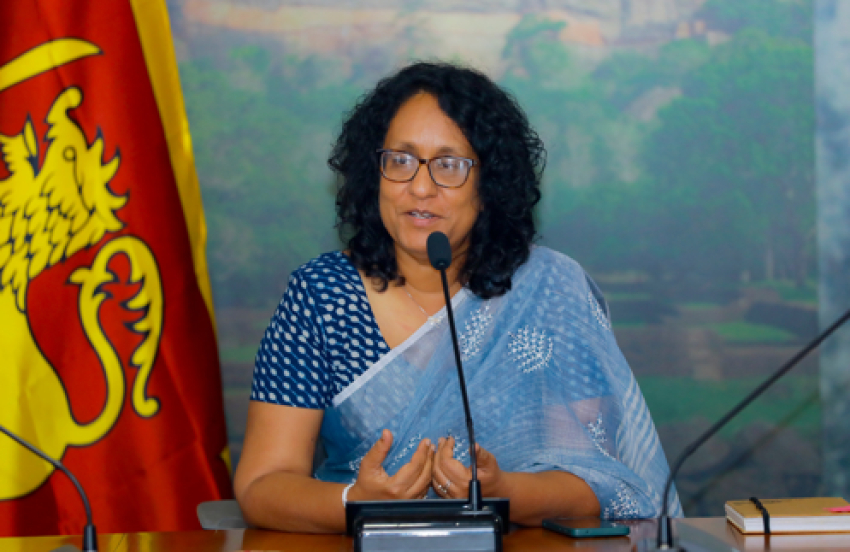“The damage caused by the current dry spell and the preceding years of cycles of floods and droughts, clearly demonstrate the need to build capacities of rural farming families against climate shocks,” said WFP Country Director Brenda Barton.“We are grateful for the government’s leadership and the KOICA’s continued investment in resilience building to strengthen the lives and livelihoods of Sri Lankan children and their families.”
“This year, Sri Lanka has been officially recognised as an upper-middle-income country, marking a new stage of prosperity and development for the country. However, the KOICA shares the same concern with the Sri Lankan government regarding the small pockets of poverty still present in the Island,” said KOICA Country Director in Sri Lanka, Kang Youn Hwa. We hope our investment will create a long-lasting impact on vulnerable rural households and communities by helping them create sustainable, climate-smart assets and develop necessary skills.”
The project, Building Resilience Against Recurrent Natural Shocks Through Diversification Of Livelihoods For Vulnerable Communities, consists of key activities such as building household water harvesting and storage facilities, rehabilitation of irrigation schemes and skills development for youth in agriculture. Some 21,600 people in the Moneragala, Matale, Mullaitivu, Mannar and Batticaloa districts will take part in the project.
This project builds on an existing partnership between the Sri Lankan government, the KOICA and the WFP, which has provided resilience building and livelihood support to communities in 13 districts over the past two years.Results include farmers profiting from two cultivation seasons (both the Maha and Yala), the creation of critical water sources to mitigate drought conditions, utilisation of increased cultivation area and higher household incomes, as well as the needed training for youth on skills development in agriculture, intensification of agriculture livelihoods, diversified income generation activities, and value chain opportunities.
Ranked second among the 176 countries most affected by extreme weather events, according to the latest Global Climate Risk Index, Sri Lanka is particularly prone to natural disasters such as droughts, floods and landslides.
The Sri Lankan government, together with the United Nations World Food Programme (WFP) and the Korea International Cooperation Agency (KOICA), yesterday launched a three-year project to build resilience of communities against the impact of natural disasters at a cost of Rs. 1.06 billion (US$ 6 million), a joint press release issued by the WFP and the KOICA said.





















